This post may contain affiliate links, which means I’ll receive a commission if you purchase through my links, at no extra cost to you. Please read full disclosure for more information.
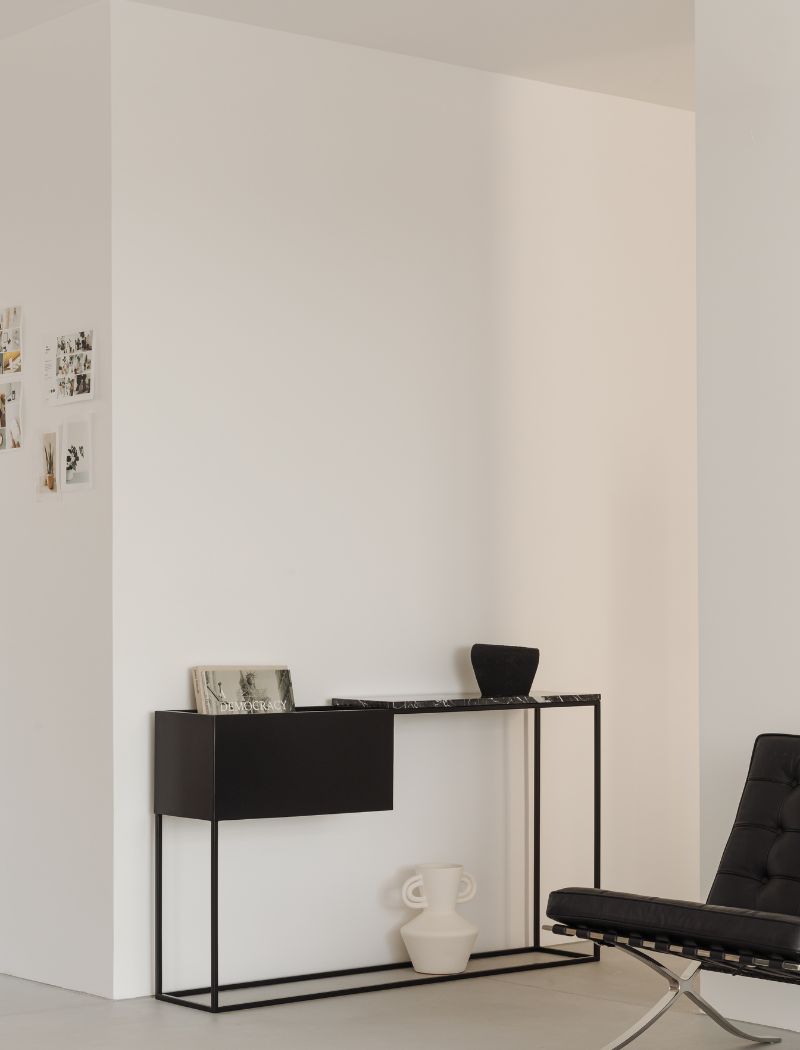
Your home is your castle, and you should feel good within its walls. Looking around at a scene you aren’t thrilled with day after day lowers your spirits, affecting your mood and productivity. Even if you don’t have much in your budget, you can create spots of joy that make your house more functional, comfortable, and better suited to the unique creature you are. Here are five ideas to get your creative juices flowing.
1. Forget Grandma’s Decorating Rules
Once upon a time, the norm was for each home to have a formal living room for receiving guests, a dining room for dinner parties, and bedrooms, bathrooms and spaces for daily life activities taking a backseat. However, there are no decorating police — who says you have to drop a small fortune on fancy furniture you may barely use, don’t really need and lack the time to dust?
Throw grandma’s house decorating rules out the window. If you’ve always wanted a home gym, then forget those fancy Victorian chairs and transform your “parlor” into a workout studio. Maybe you’re a budding musician — line the walls with acoustic panels and create your ideal rehearsal space.
The key point is that you aren’t bound to the traditional sofa-recliner-TV pattern that may have been the norm in your home growing up. While you certainly can adopt a conventional style, only do it if it sparks joy, to steal a phrase from Marie Kondo.
Your home should feel comfortable for you and your loved ones, not meet the outside world’s approval. Sit down with a free home design program and have fun envisioning the space of your dreams. Then, work on building toward it, one little piece at a time, depending on your budget.
2. Adjust Your Lighting
Personalizing your decor is easier than ever with today’s wide array of LED lighting fixtures, strips and creative applications. Switching to LEDs lets you adjust the tone and even the color of your interior illumination, creating a unique mood. You also save money on your utility bills — approximately $225 per year — and do your part to conserve fossil fuel use.
Along with saving money, LED lights also offer more light while using less electricity than incandescent light bulbs. They can brighten darker areas in your home, which can help make your home more accessible and safe for kids and elderly relatives.
Are there any lights that annoy you? Prioritize changing them first, although you may need an electrician to swap out larger fixtures like those flickering fluorescents that graced many an old-school kitchen. Do your homework when it’s time to replace other bulbs. Can you find one with a dimmable switch or that shifts from cool to warm tones as evening approaches?
3. Stay Warm — or Cool — and Cozy
Staying warm and toasty in winter and cool in the summer is an often overlooked part of making your home more functional and comfortable — until you can’t focus on your work because your toes are freezing. Before you crank the heat, do an audit of your home and check for places where you need more insulation. Investigate the following areas:
- Attic: Do you have sufficient caulk around windows and seals around vents? Have you insulated your vent pipe and any other plumbing? Do you have at least 13 inches of insulation in the joists between your attic and the rest of your home?
- Doors and windows: Use caulk to seal windows. Those with older, single-pane models might consider upgrading to one of today’s dual-pane versions if it’s in the budget. Apply weatherstripping around doors and add a door sweep to the bottom if you see a gap.
- Basement: Insulate between the joists of the ceiling to keep the floors above warmer. If you use your basement as a living space, insulate the walls and subfloor to keep it cozy.
You can also use passive solar lighting to improve heating and cooling in individual rooms. Thick, blackout curtains block light and heat from outside. Opening them allows you to take advantage of the heat generated by the sun’s rays shining through your window, so invest in coverings and tie-backs.
If you’ve tried it all and still don’t quite feel toasty, add a space heater to the room you use most often during certain parts of the day, keeping the door closed. Doing so saves money over cranking your whole home’s thermostat if you use oil, electricity or propane for heat. You can also find small, portable air conditioners that sit on your desk for summertime use.
4. Get Organized
A cluttered home can make you feel stressed out because it’s like looking at a never-ending to-do list, filling up your visual field with competing stimuli. Getting organized makes your home more functional — you know just where to find what you need. It’s also more comfortable when you don’t stress out every time you need to locate the scissors.
Start with one small area, like your pantry. Take everything out and use devices like lazy Susans, baskets and bins to organize everything, labeling containers to make items easy to find. Then, move on to another small area. Tackle one spot each day or each week, depending on your available time, and you can have a well-organized home in a month or two.
5. Embrace Indoor-Outdoor Living
People don’t spend enough time outdoors these days, and it adversely affects their health. However, you can get more nature in your life by embracing indoor-outdoor living as much as possible. For example, if you live in a downtown studio but have a balcony, line it with plants to create an urban jungle. A wall of bamboo provides privacy from your neighbors, you can grow your own food with one of those new nifty towers designed for indoor use and contrast city gray with green.
Houseplants can create a comfortable indoor environment and beautify your pad regardless of where you live. Those with condos or homes in the suburbs or country can consider enclosing their patios to use them during all four seasons or installing a wall of sliding glass windows to create a seamless flow from outdoors in.
Make Your Home More Functional and Comfortable
Your home should welcome you with open arms and feel as comfortable as your favorite pair of jeans. It should also serve your purposes, not stand as a living museum to decor past. Whatever your budget, take an honest look around your abode and tackle a project that will increase your happiness every day.

Cora Gold
Contributor
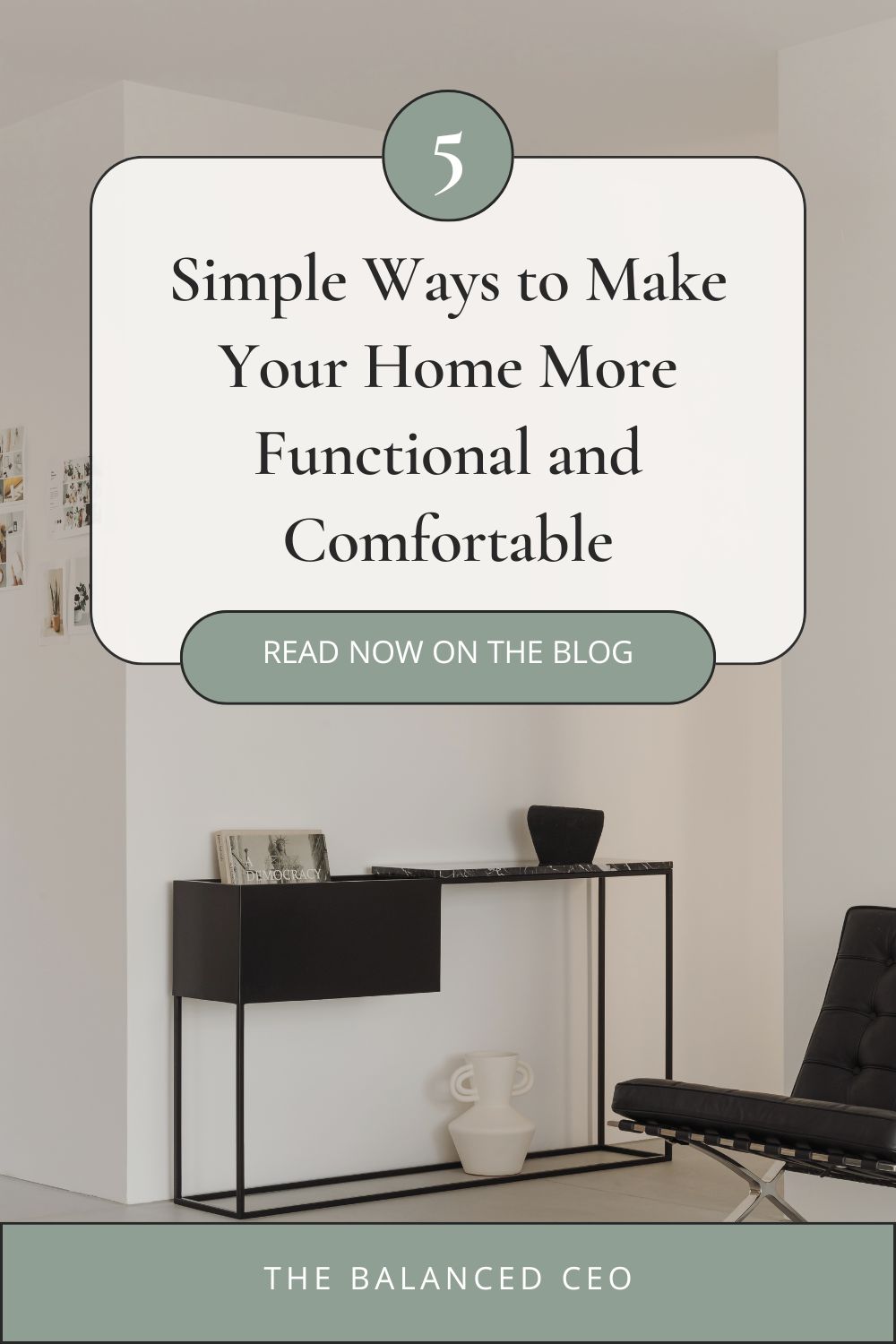
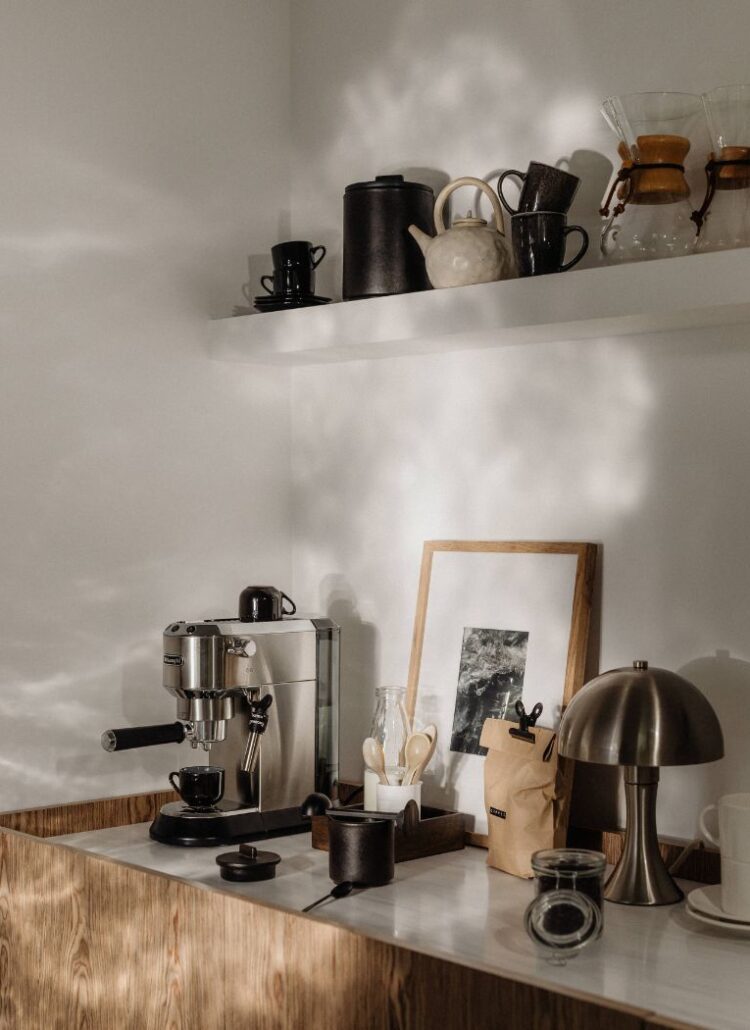
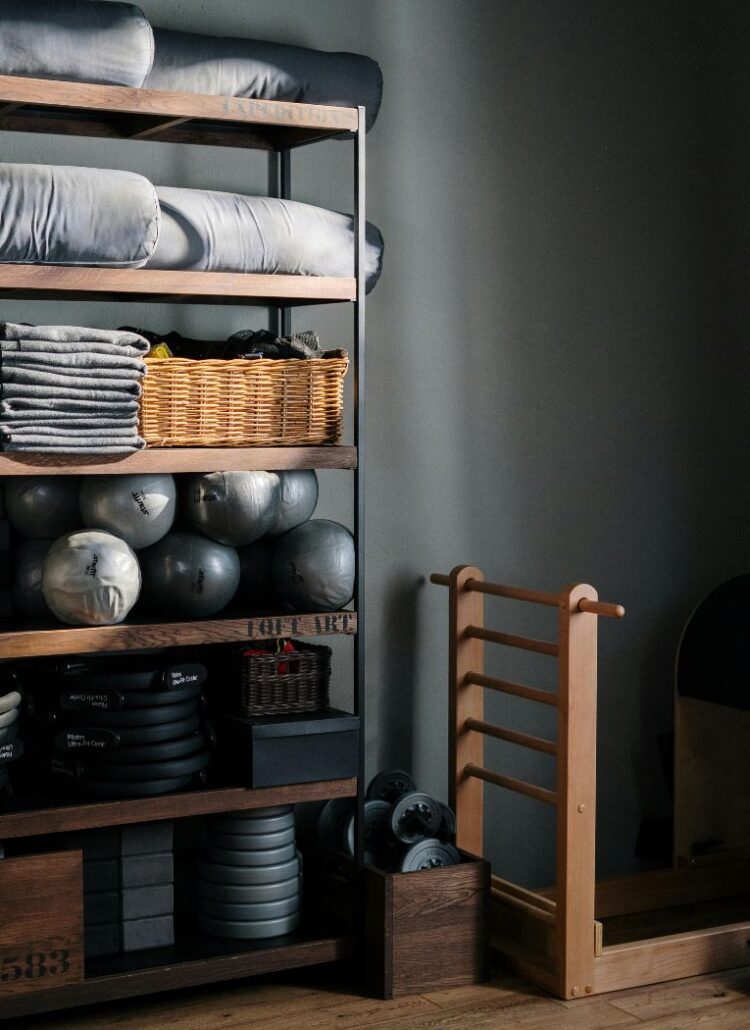
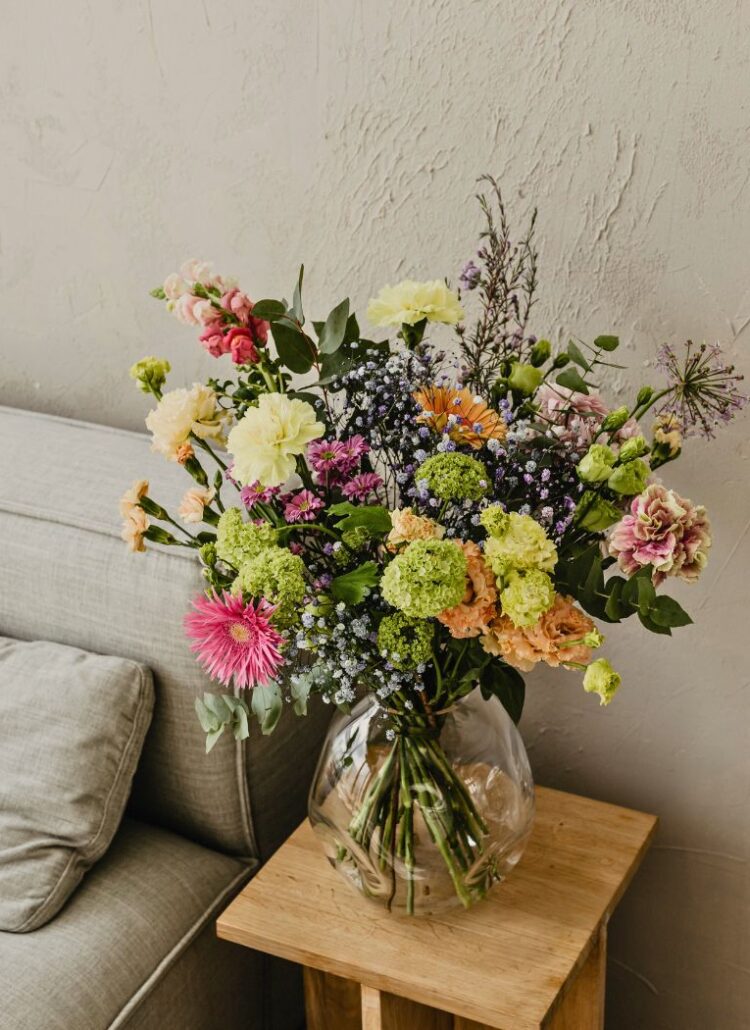
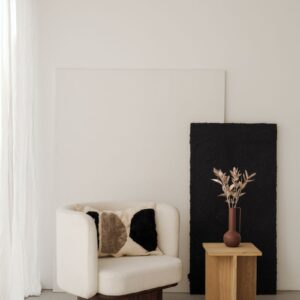
Leave a Reply